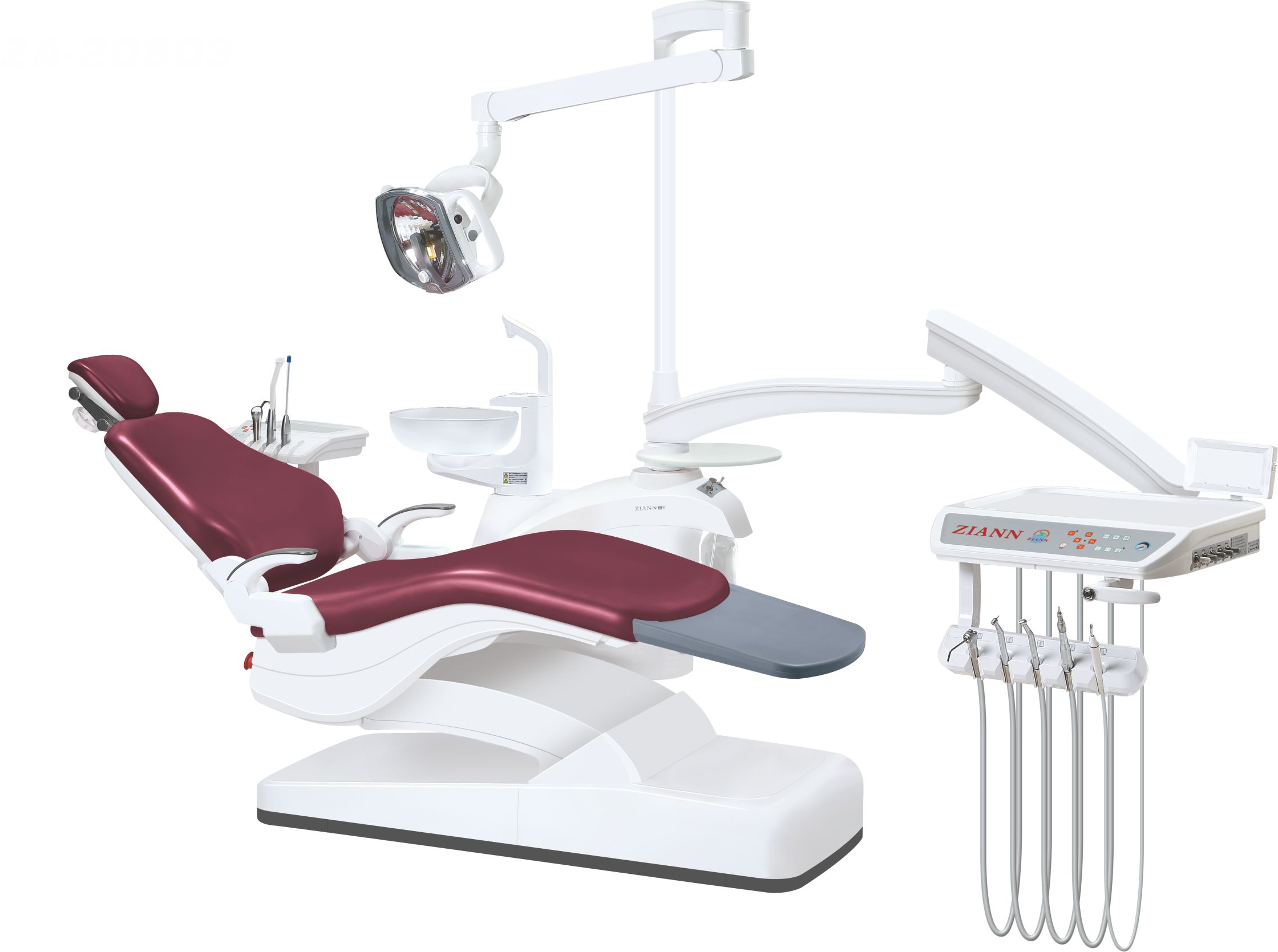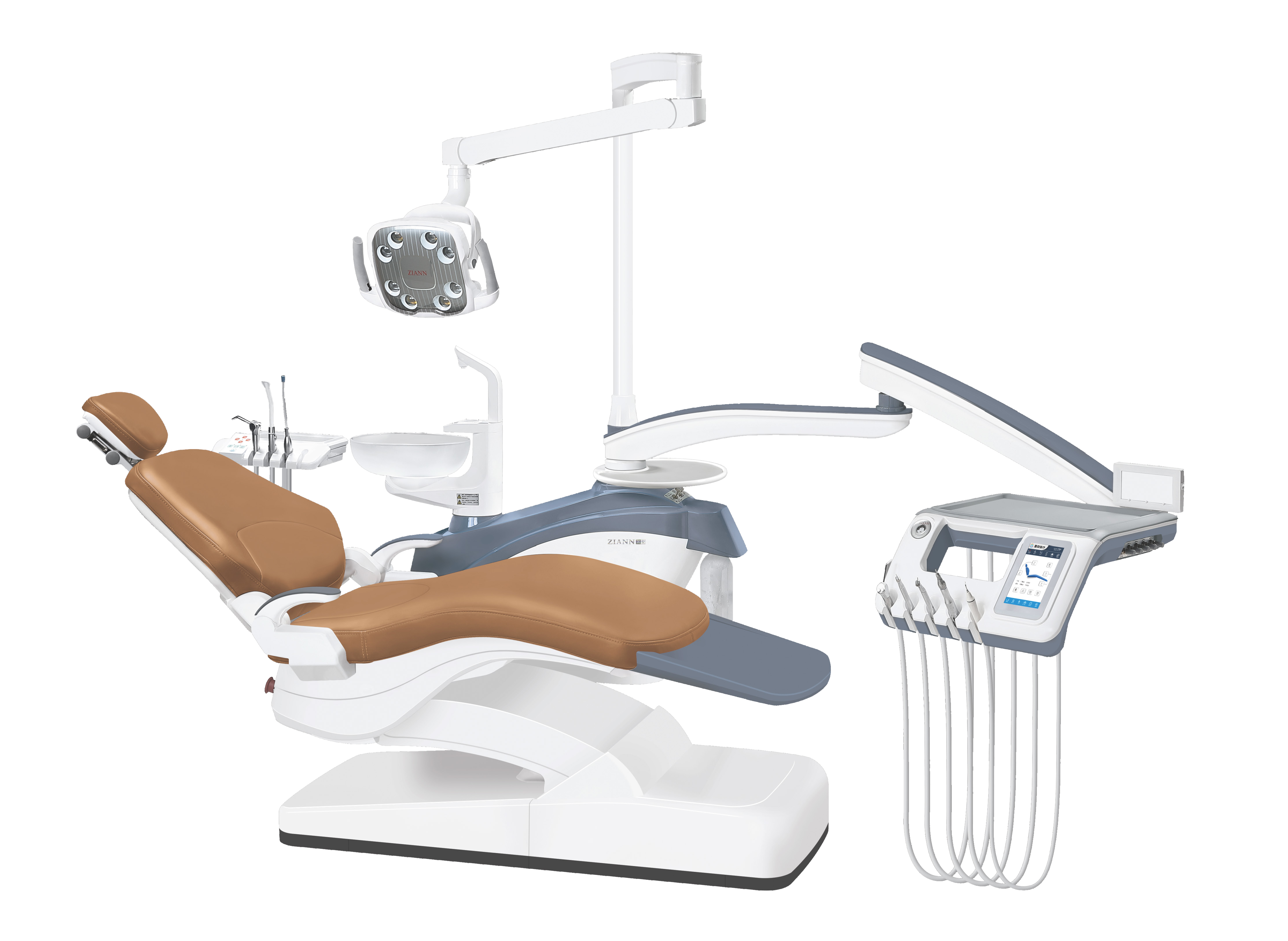The field of dentistry has seen remarkable technological advancements over the years, revolutionizing not only the procedures conducted but also the critical aspect of maintaining a sterile environment
Among these advancements, dental digital disinfection units have emerged as a pivotal tool in enhancing sterilization protocols, ensuring patient safety, and elevating overall dental care standards.
Traditional sterilization methods have relied on manual processes that, while effective, could pose challenges in terms of consistency, traceability, and time efficiency.
However, the introduction of dental digital disinfection units has brought about a transformative shift in how dental equipment and instruments are sterilized, offering several key advantages.
Precision and Accuracy
Digital disinfection units in dentistry leverage cutting-edge technology to ensure precision and accuracy in the sterilization process. Through automated controls and monitoring systems, these units guarantee that instruments undergo the necessary disinfection procedures for the prescribed duration and under ideal conditions. This precision minimizes the risk of human error, thereby enhancing the reliability of the sterilization process.
Enhanced Efficiency
One of the most significant benefits of dental digital disinfection units is their ability to streamline the sterilization process, thereby increasing overall efficiency in dental practices.
These units often feature rapid cycle times, allowing for quicker turnaround of sterilized instruments. This efficiency not only saves valuable time for dental professionals but also ensures that instruments are readily available for use when needed.
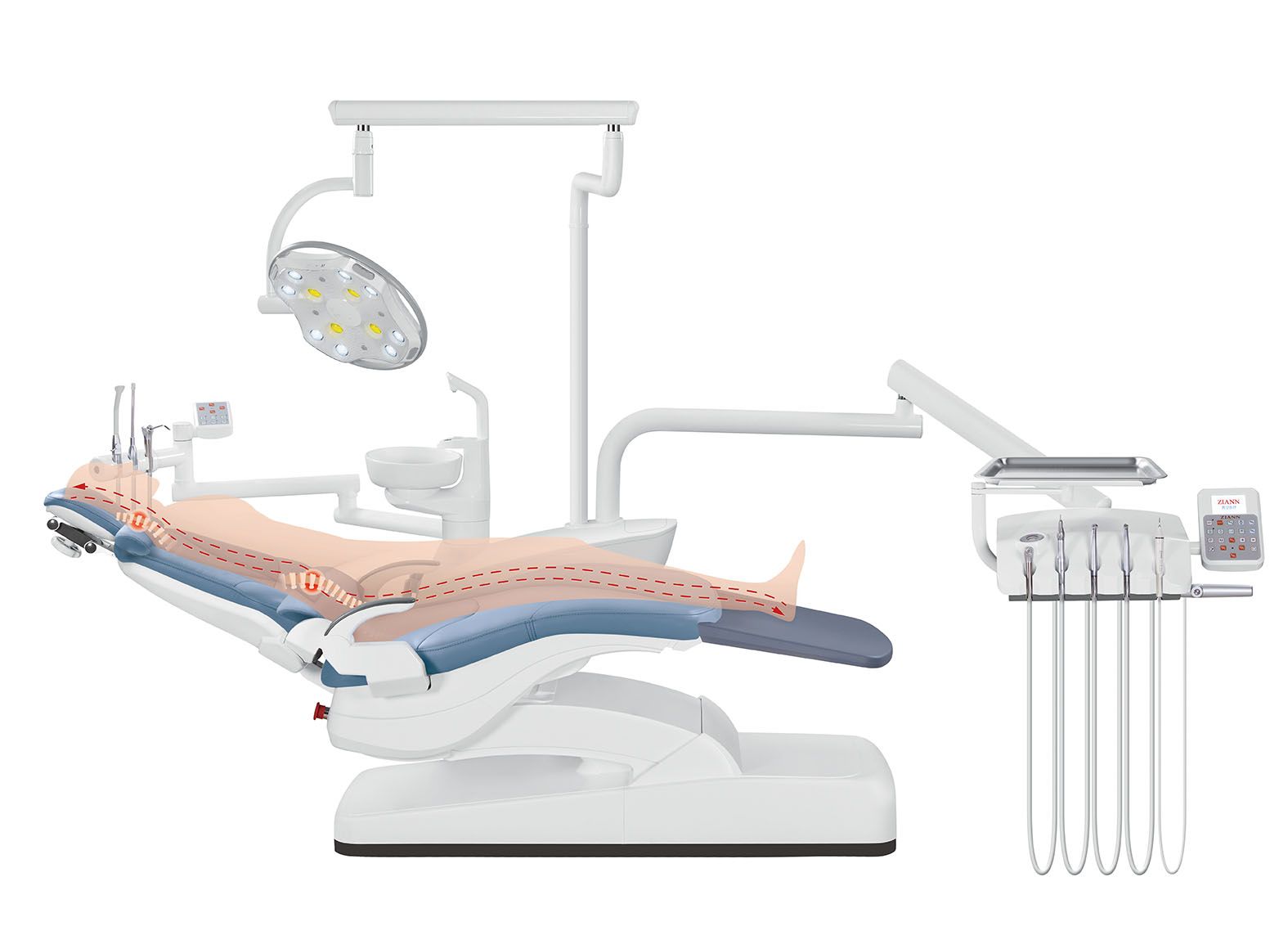
ORAL Digital Desinfection Unit Factory
Traceability and Compliance
Maintaining meticulous records of sterilization procedures is crucial in dental settings to comply with stringent regulatory standards and ensure accountability. Digital disinfection units come equipped with sophisticated tracking and documentation capabilities, enabling practitioners to accurately record each sterilization cycle.
This feature not only facilitates compliance with regulatory requirements but also simplifies the process of tracking instrument usage and maintenance schedules.
Comprehensive Disinfection
Dental digital disinfection units offer a comprehensive approach to disinfection by employing various technologies such as heat, steam, pressure, and chemical agents.
These units are designed to effectively eliminate a wide spectrum of pathogens, including bacteria, viruses, and fungi, thus significantly reducing the risk of cross-contamination and infection transmission between patients.
Patient Safety and Confidence
Ultimately, the implementation of dental digital disinfection units translates into enhanced patient safety and confidence in dental care.
Patients can rest assured knowing that the instruments used during their treatments undergo rigorous and standardized sterilization processes, contributing to a safer and more hygienic dental experience.
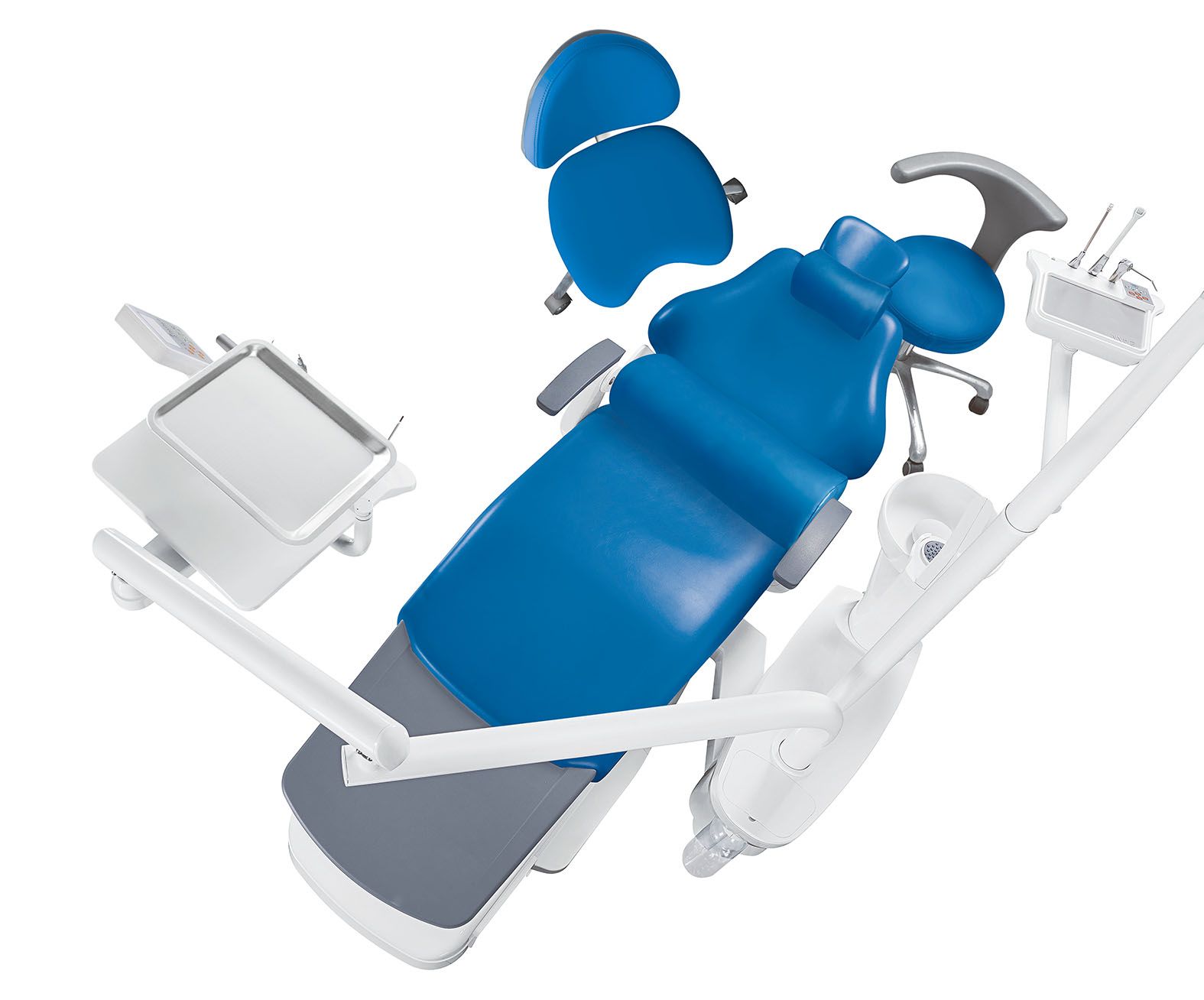
Digital Desinfection Unit Supplier
IoT Integration
Many modern dental digital disinfection units are designed to integrate with IoT (Internet of Things) technology. This connectivity allows for remote monitoring and control, enabling dental professionals to oversee sterilization processes from anywhere, enhancing convenience and oversight.
Data Analytics
Some units come equipped with data analytics capabilities, providing valuable insights into sterilization cycles, usage patterns, and maintenance requirements. Analyzing this data can optimize workflows and improve overall efficiency in dental practices.
Cost Efficiency
While the initial investment in digital disinfection units may seem significant, their long-term cost efficiency is noteworthy. These units often reduce the need for manual labor and decrease the risk of instrument damage due to human error, ultimately leading to cost savings for dental practices.
Environmental Impact
Compared to traditional sterilization methods that may rely on chemicals or excessive water usage, many dental digital disinfection units are designed to be eco-friendly. They utilize efficient processes that consume less energy and water, contributing to a reduced environmental footprint.
Advancements in Disinfection Technologies
Discuss the innovative disinfection technologies employed by these units, such as ultrasonic cleaning, plasma sterilization, or the use of advanced UV-C light. Detail how these technologies offer higher efficacy in killing microbes while being gentle on delicate dental instruments.
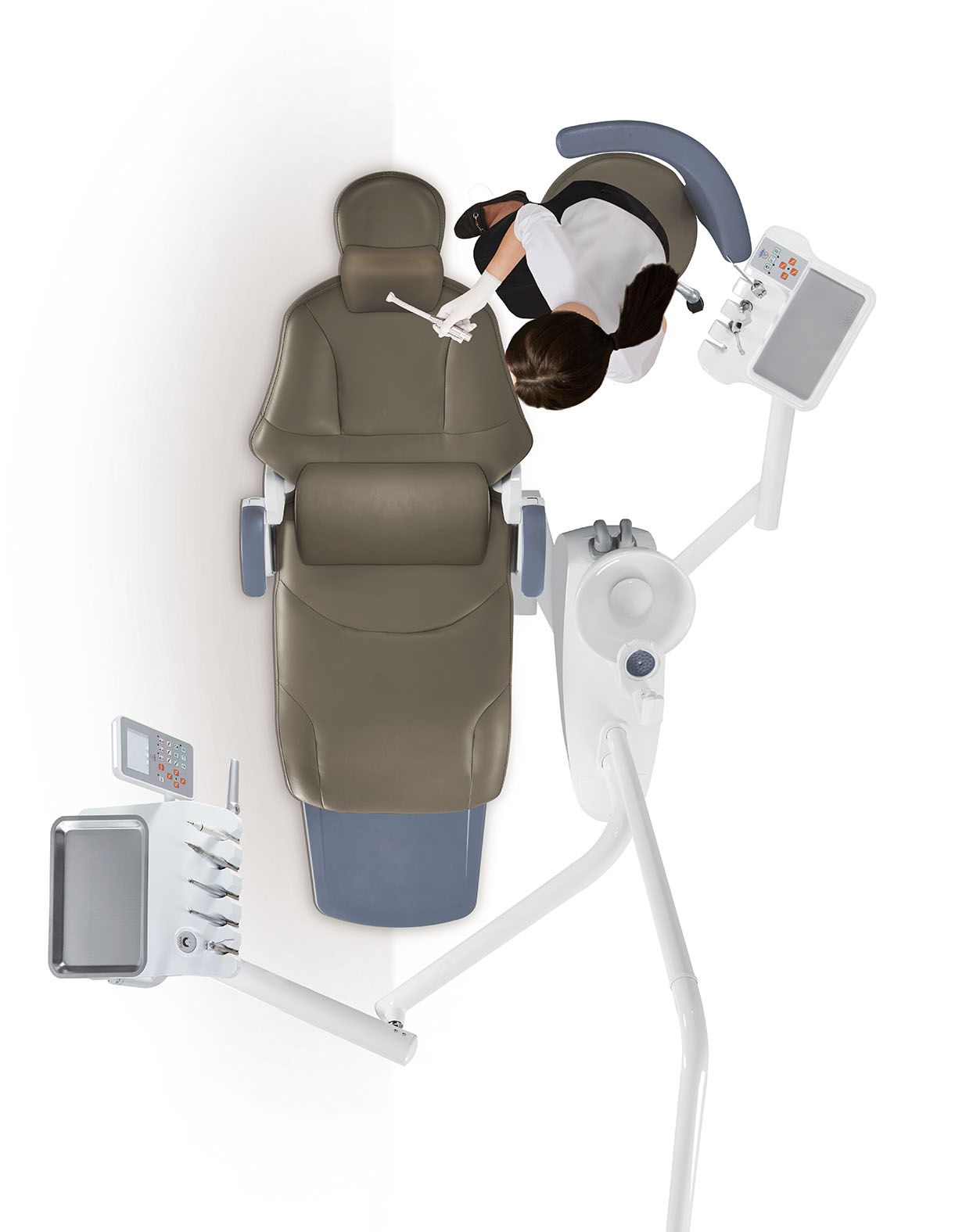
Implant Digital Disinfection Unit
Regulatory Compliance and Standardization
Highlight the importance of adhering to regulatory standards in dental care. Discuss how these units aid dental practices in complying with guidelines set by organizations like the CDC (Centers for Disease Control and Prevention) or the ADA (American Dental Association), ensuring consistent adherence to best practices.
Conclusion
In conclusion, the integration of dental digital disinfection units marks a significant leap forward in ensuring optimal sterilization practices within dental settings. These units offer a combination of precision, efficiency, traceability, and comprehensive disinfection, ultimately enhancing patient safety and elevating the quality of dental care.
As technology continues to evolve, further advancements in dental sterilization methods are anticipated, promising even greater improvements in patient care and infection control within the field of dentistry.



